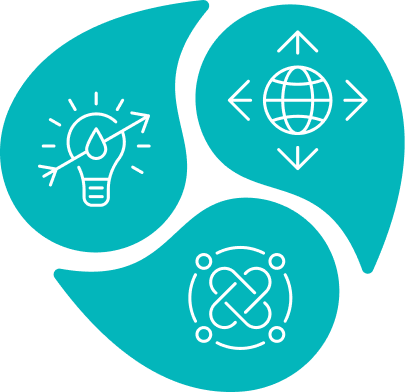Finance is one of the four pillars of IWRM. Ensuring sustainable sources of funding and financing that match the needs for investments is indeed one of the major building blocks of a strong water governance system. The Tools in this Section discuss how to build a water investment rationale and the various funding structures and mechanisms that can be used to increase investments in the water sector.
A number of estimates have been made to evaluate the size of the financial gap in the water sector (OECD, 2018):
- Global estimates of investments in the water sector to achieve water security range from US$6.7 trillion by 2030 to US$22.6 trillion by 2050 (WWC-OECD, 2015).
- To achieve the WASH component of SDG 6 by 2030, it is estimated that capital investment needs to triple to reach US$1.7 trillion, without including operating & maintenance costs (Hutton and Varughese, 2016).
- 80% of countries reported insufficient financing to meet their national WASH targets, including urban/rural drinking water, sanitation, hygiene, as well as WASH in health care facilities and schools (GLAAS, 2019).
- By 2030, the annual investment needs for water and sanitation infrastructure will be US $410 billion for developing countries. This figure contrasts with current investment that barely reaches US 150 billion, leaving a gap equivalent to US $260 billion (UNCTAD, 2014).
- US $200 billion were invested globally in water infrastructure in 2013. However, the world should be spending annually US $500 billion from 2016 to 2030 only to support current economic growth projections and meet the investment demands for municipal and industrial water and wastewater systems (MGI, 2016).
- An estimated US$960 billion of capital investment is needed to expand and improve irrigation until 2050 in 93 developing countries, compared to the 2005–2007 levels of investment (Koohafkan et al., 2011).
Each estimation above give a snapshot sectoral perspective of the investment needs towards achieving water security, e.g., from the standpoint of rural and urban WASH, water pollution, and disaster management (ADB, 2020). Water-related investments also connect other sectors and anchor areas, including agriculture, energy, public health, climate, and others (OECD, 2022). Total investments needed in the water sector are thus difficult to calculate as this would require finding out how much is required to address all challenges that are directly and indirectly interrelated to water.

 IWRM Tool - D
IWRM Tool - D